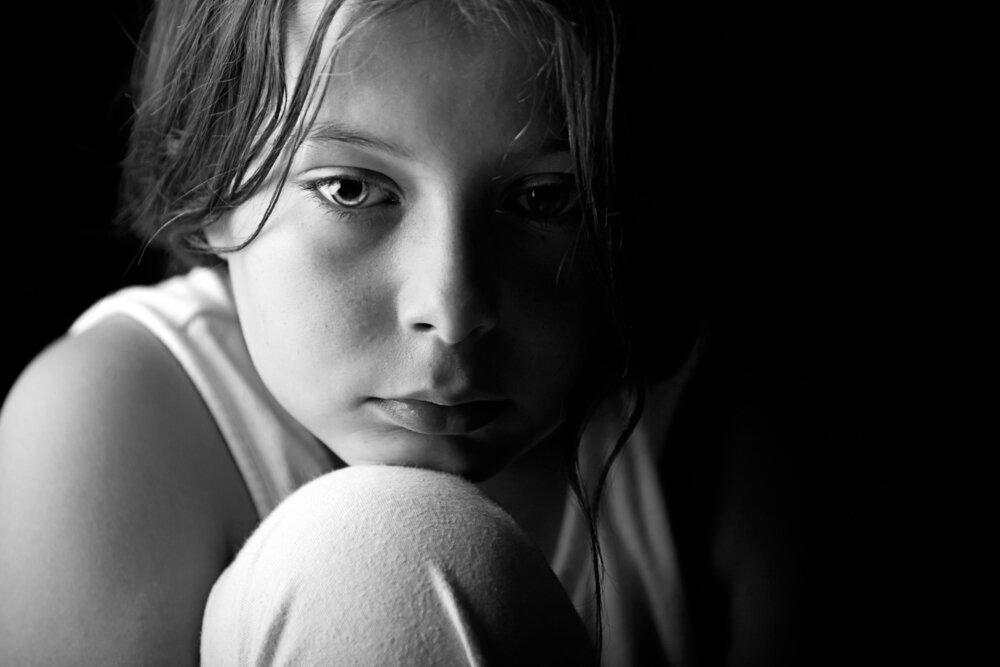AAP Releases New Report on Helping Kids Cope with Disaster

Shutterstock
Children who experience disasters can experience long-lasting health and developmental effects. Disasters can be natural, like earthquakes and fires—or man-made like terrorism and war.
A new report by the American Academy of Pediatrics, which was published in the journal Pediatrics, focuses on how to help children cope with disaster.
The report examined more than 2,000 U.S. children and found that approximately 14 percent between the ages of 2 and 17 had been exposed to some type of disaster. Furthermore, more than a quarter (27 percent) of those children will suffer from mental and emotional distress, including anxiety, depression, and panic attacks.
While some children may not immediately show symptoms of distress, the AAP encourages parents to be aware of these red flags: changes in eating or sleeping habits, anxiety, substance abuse, irritability, flashbacks, and difficulty concentrating.
If parents notice negative changes in their child's behavior, it's imperative that they discuss these concerns with their pediatrician.
The report also suggests encouraging children to develop coping mechanisms and express their feelings, rather than prescribing psychotropic medications.
"We find that oftentimes parents and people don't want to tell the child about what is going on or if there's any continued risk, and what that does is just promotes more distress in the child," said co-author of the report, Thomas Demaria, Ph.D., in a press release.
Caitlin St John is an Editorial Assistant for Parents.com who splits her time between New York City and her hometown on Long Island. Follow her on Twitter: @CAITYstjohn.

